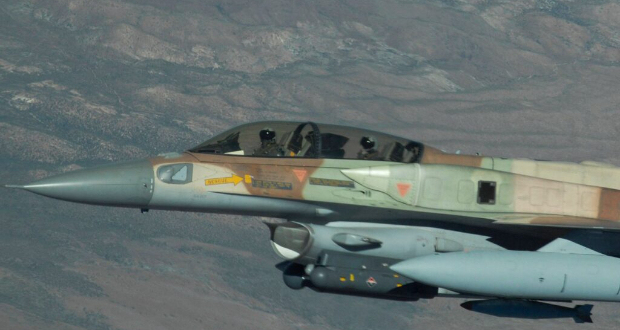It was only a mix of U.S. pressure, Iran signaling its attack beforehand, and Israel restraining itself that avoided worse. Yet, instead of diplomacy shifting into higher gear in search of more structural ways to prevent future conflict, complacency followed a near miss. It is not warranted. So, next time it might be different.
There are four most likely patterns of military confrontation between Iran and Israel, which are closely interwoven. In our view, this makes escalation from one pattern to another rapid and unpredictable. The region continues to face the risk of high-intensity conflict as a result. In response, the United States, major European powers, and regional powers should urgently work with Iran and Israel to develop clear red lines, the transgression of which has international consequences, as well as establish protocols that enable swift de-escalation in case of major incidents.
Mutual threat perceptions are at the root of the recent exchange of direct fire. Israel viewed Iran as having facilitated the Hamas attack of Oct. 7, even though Tehran does not seem to have been directly involved in either the planning or execution of the attack (and in fact seems to have been as surprised as almost everyone else). Israel’s subsequent military campaign in Gaza activated Iran’s “axis of resistance” bit by bit from Yemen to Lebanon. The result has been that Israeli political and military elites perceive Iran as having initiated a multifront war while remaining on the sidelines itself. However, Israel’s effort to raise the cost of conflict by targeting senior Iranian commanders triggered fears in Tehran of an eventual direct attack on the homeland. Therefore, a counterstrike became inevitable.
Anticipating — and mitigating — future versions of Iranian-Israeli confrontation requires analyzing their respective military strategies, identifying the main patterns of military confrontation that may occur, and understanding their regional consequences. The next six months are crucial to putting structural measures in place that can reduce the risk of conflict escalation, such as agreeing clear red lines, establishing hotlines via intermediaries, or even demilitarizing particular areas.




